My first mall memory is from around 1972. My mom would drive us to daycare at Binkley Baptist Church. It was built on the edge of a swampy area, and the swamp was being cleared to make way for University Mall, a pretty small mall by mall standards, but still a mall. It had two anchor stores on either end; Belk’s to the East and Ivey’s to the west. That’s the mall I grew up in, and it’s the one where I was taught by some older friends of my sister to shoplift Polo shirts for them. My sister, who was five years older, worked at the fudge shop in the mall and we’d often get dropped off and have to wait for her to get off work in order to get a ride home.

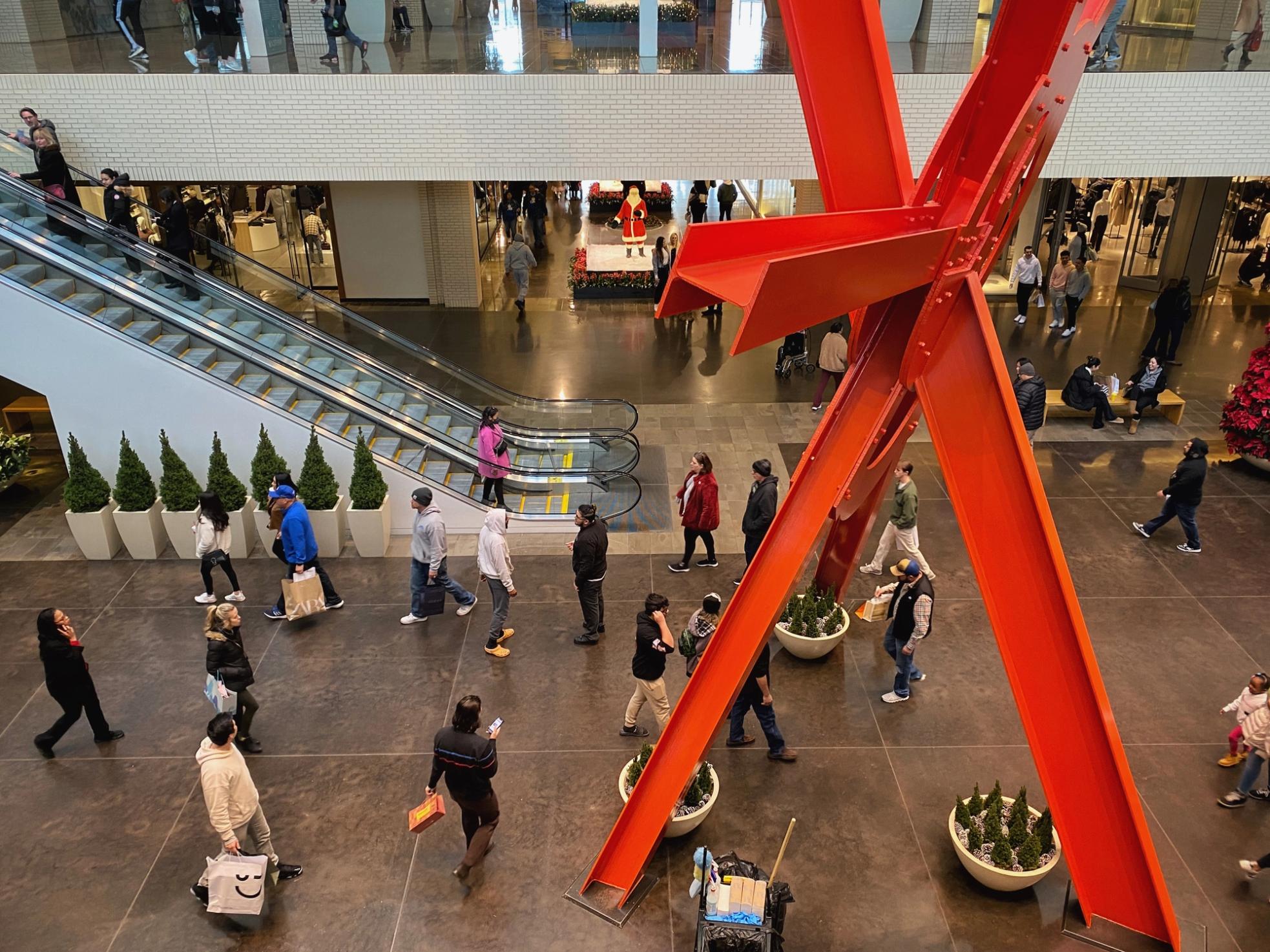
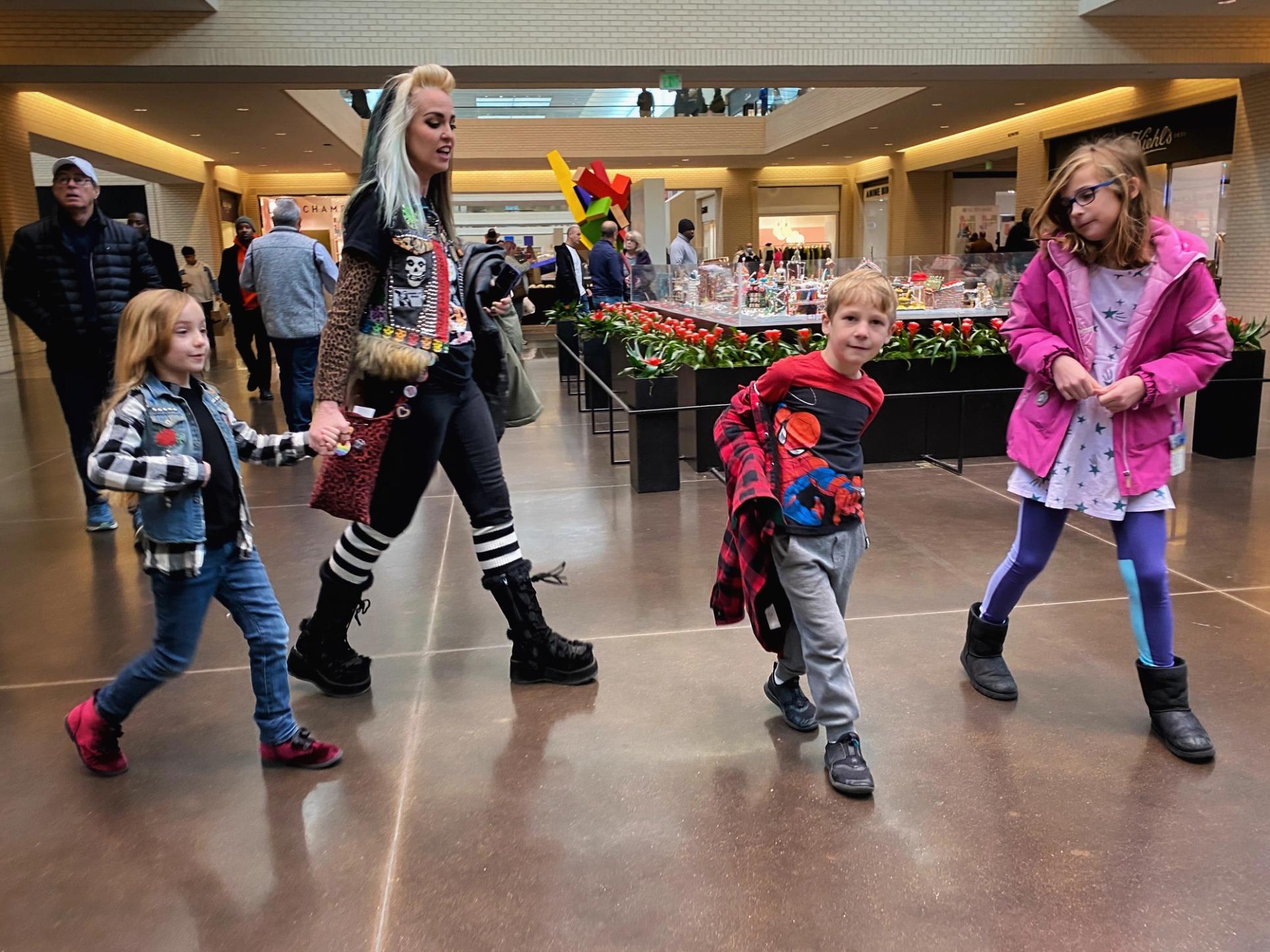
By the time I was 14 or 15 I had begun to rebel against popular culture and I was not a fan of the mall. I’d go there if I had to get something new, but mostly I ripped through the local thrift stores. At the time, malls seemed to be a permanent part of American culture. Forty years later it’s more accurate to wonder why they aren’t dead yet. Some are, but some are still being built, and others are being repurposed in new ways.
In 1989, when I was a 20-year old college student I started to shoot street photos in a mall on Long Island as part of a color printing photo class. My teacher was incredibly supportive of the work and encouraged me to continue it by driving across the country that summer. I still hated the mall, but I was fascinated by the idea of observing it, rather than judging it. I had been taking a lot of sociology and religious studies classes, so I was looking at image-making as a cultural record as much as an “art project”. When I shot the images, they didn’t resonate much with other people. The response was kind of, “Yeah… it’s pictures of people in malls…” The work was subtle in that observational way. There were a few really striking images, but for the most part their value was in the totality of the documentation rather than the capture of “decisive moments.” I’m a big fan of photographers who have captured those kind of images—Winogrand, Bresson, Robert Frank—but while my work wasn’t up to their level, I thought it still had value.
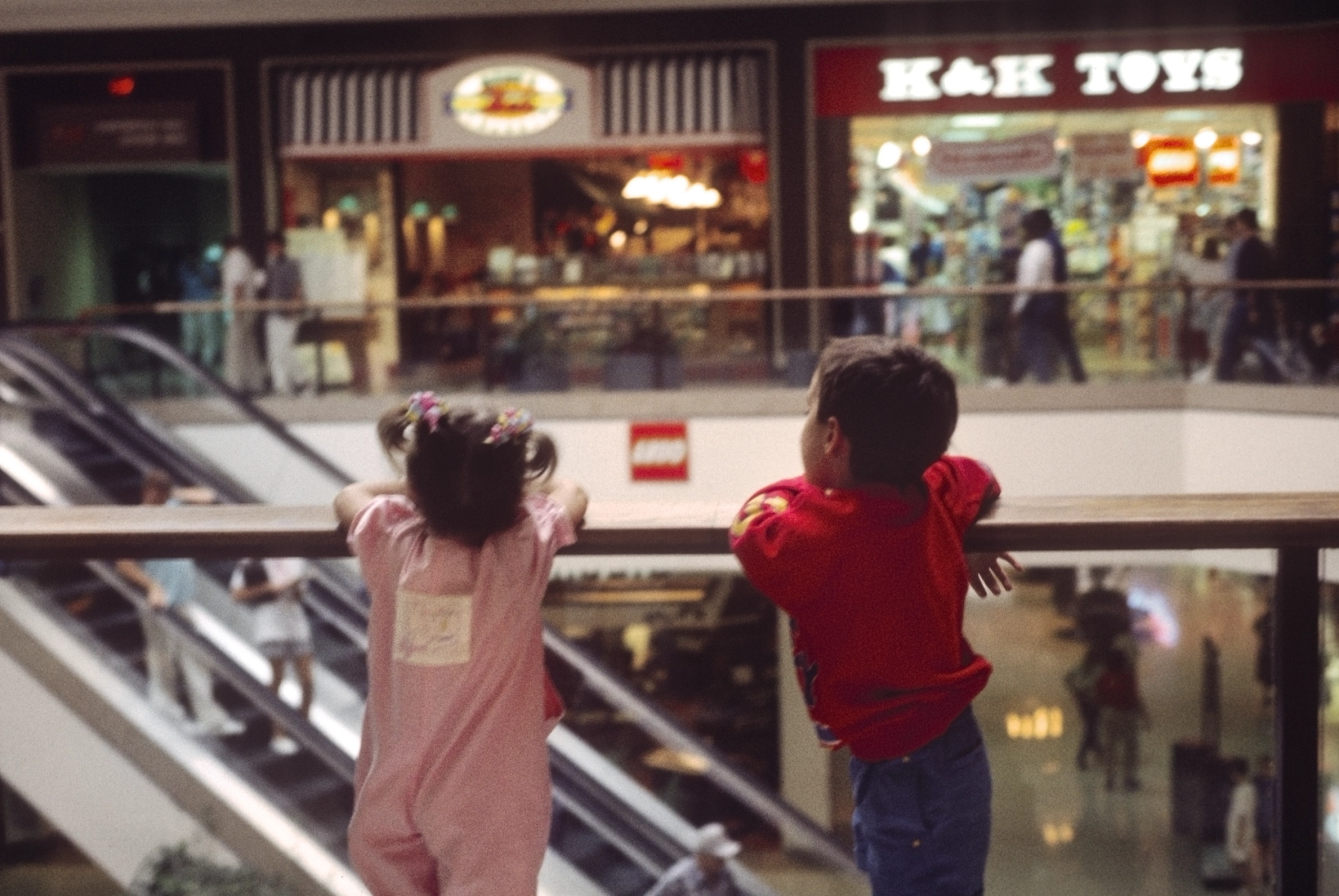
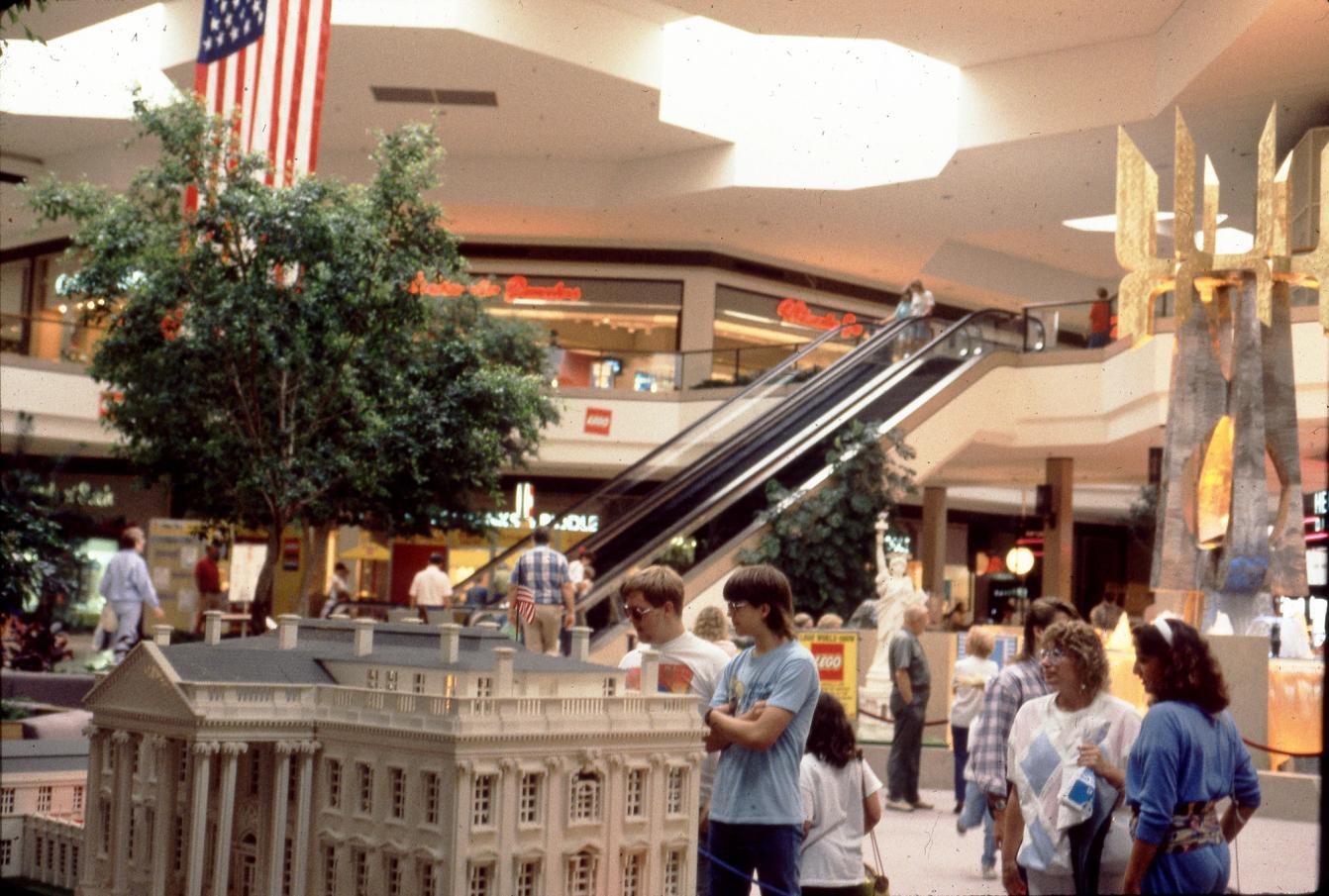

Fast forward a little over two decades; I came across a box of the slides while looking for other negatives to scan with a borrowed scanner. I stayed up all night scanning the mall images and a few days later I sent them to a website that had started to feature older photos. This was 2010, and older images were just beginning to spread in a viral way on Facebook. That site, “How To Be a Retronaut,” shared the images right away, without even reaching out to me. I soon found out how viral they were going when friends started to share them with me, without realizing they were mine. At that point, ’80s nostalgia was starting to kick in, online shopping had begun its slow and steady assault on retail stores, and cries of “The Mall Is Dead” were proliferating. In that environment, I launched a Kickstarter to raise funds for a book of my images. A decade later I made a follow-up book. Now the images are going viral again and I’m prepping to reprint that book. I’m finding that kids are now nostalgic for a kind of mall world they never knew.
Weeks after getting back from my mall trip, I started a band. We were at it for a decade and my bandmates are still going strong. On the last record I played on, my bandmate Chris starts a song with the line “Nostalgia should become a criminal offense. We’re always pining for our lost innocence dreaming back a feeling that we never really had at all.” Now the kids are pining for an innocence that they never experienced, and didn’t really exist in the way it does through our rose-colored glasses. Still, nostalgia can be useful and grounding, even if it isn’t fully accurate.

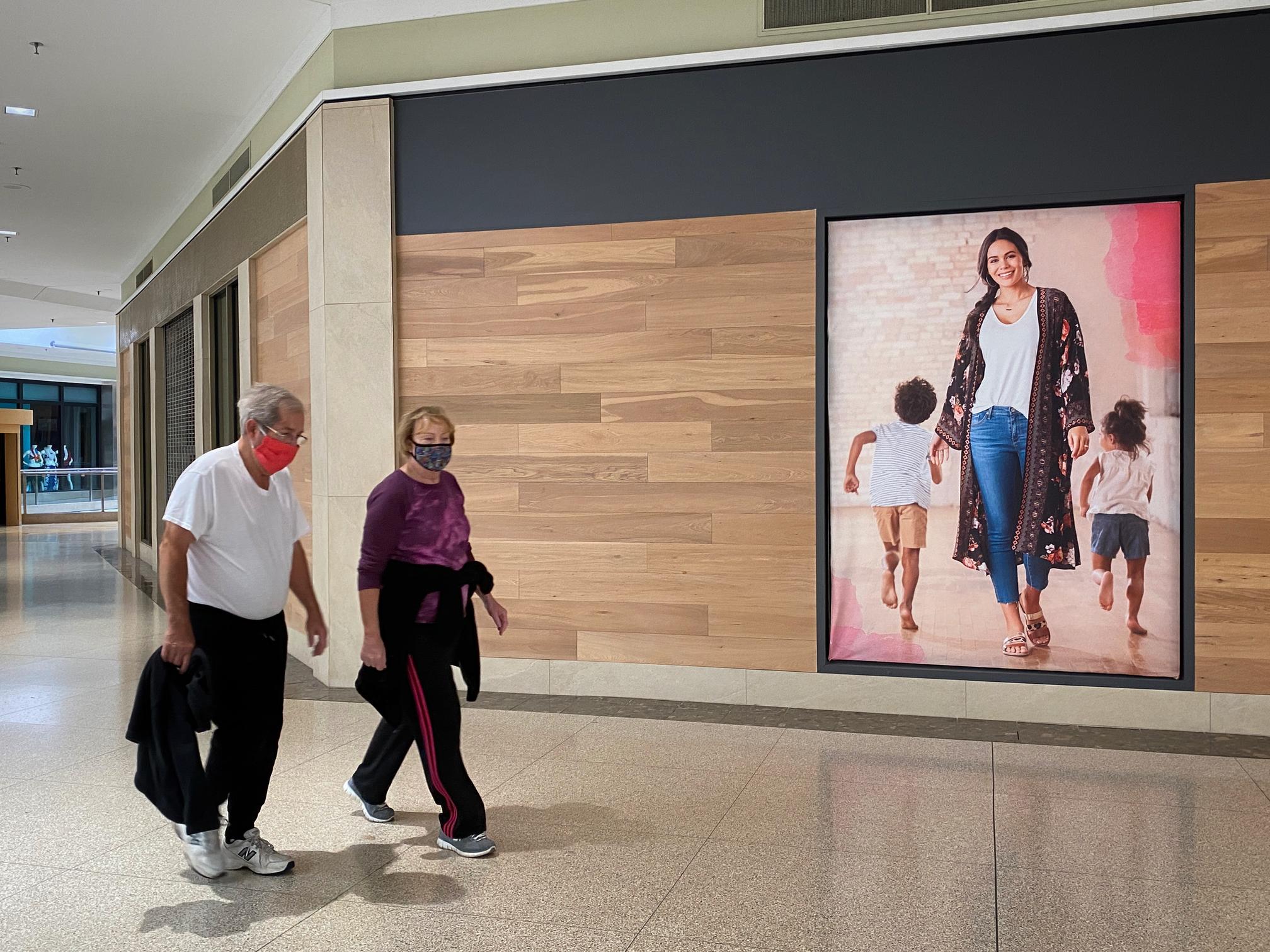
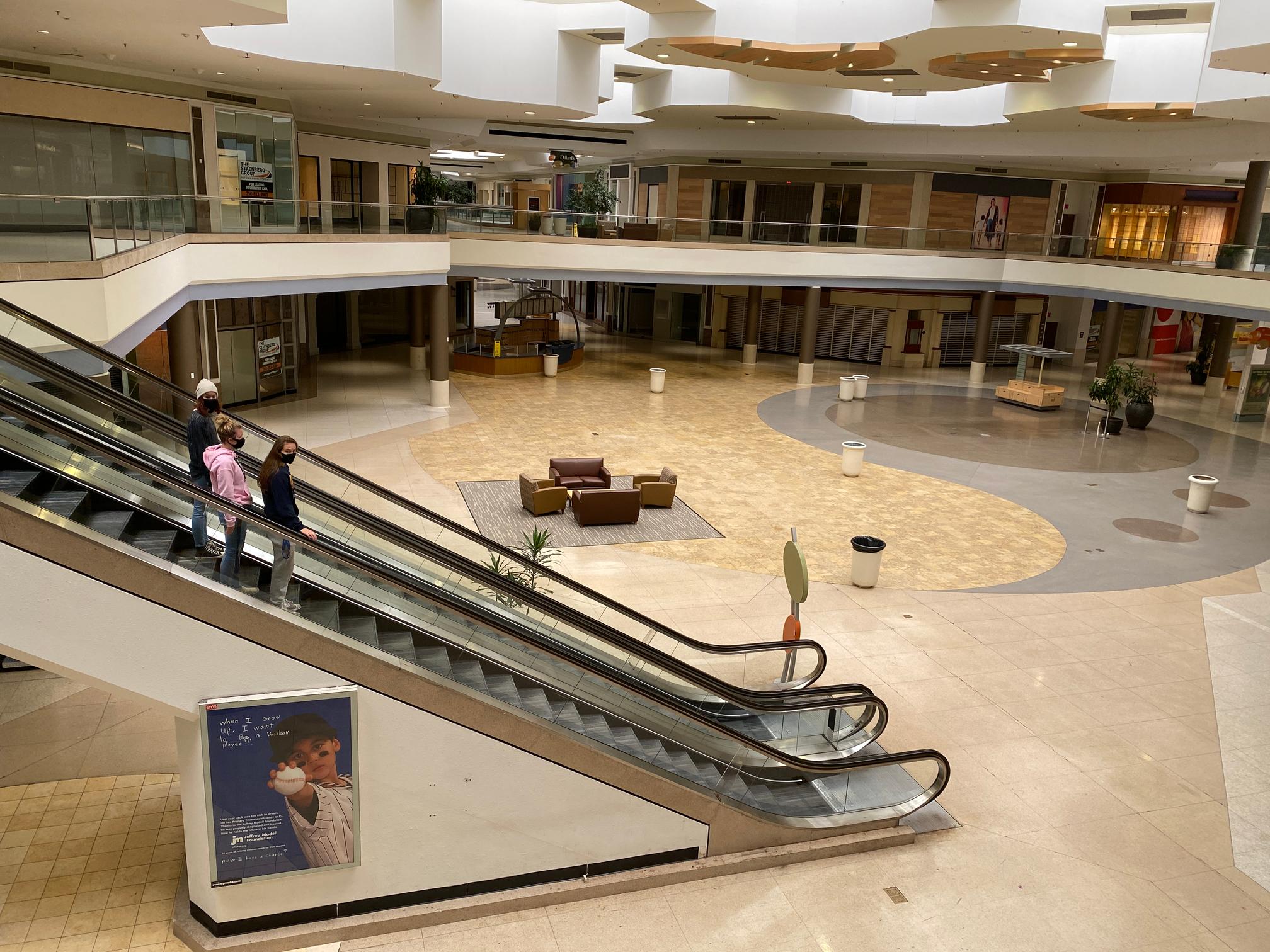
Malls are not dead yet, but they have changed along with our culture. Nostalgia is breathing new life into some old spaces. University Mall, which was being built when I was a toddler, now hosts a big steakhouse and a massive theater complex with comfy seating and meals served at the seats, in what was once the big box that I stole so many Polo shirts from. Many of the stores open up to the street side, making the mall a bit more of an outdoor gathering space. I guess that’s what people want now.
Over the past few years I’ve done some shooting in malls when I travel. I’ve visited North Park in Dallas which houses a lot of contemporary art. It’s as much museum as retail mecca. I also happened to visit one of the malls that I went to on my first trip, Chesterfield Mall outside St. Louis. It was pretty close to dead when I went. Above are some images from that first trip as well as some from those two malls. They aren’t dead yet, but the hedge funds are betting on their total demise. Nostalgia will keep growing whether they live or die. I still don’t like shopping in them, but I do enjoy the climate controlled opportunity to do some street photography.
Michael Galinsky is an artist. Visit Rumur.Com/malls for more information on the reprint of The Decline of Mall Civilization.